Editor’s Note: This is the first in a four-part series challenging a major multi-year reorganization of the Marine Corps known as Force Design 2030. In this article, retired Marine Gen. Anthony Zinni outlines what role the Corps has traditionally played among the military services and throughout the world.
Based on an examination of the Director of National Intelligence’s (DNI) most recent threat assessment and the current administration’s National Security Strategic Guidance, the greatest threats to our security come from China, Russia, North Korea, Iran, and a resurgence of terrorist groups, such as Al Qaeda and ISIS. These threats pose the greatest challenge to our military forces. Other security threats resulting from the pandemic, climate change, and regional instability also have the potential to place demands on our military to be able to help mitigate or resolve crises emerging from these areas of concern. Each of the threats can create the need for a global response from our military, as the Global War on Terrorism has demonstrated. This reality has led the Joint Chiefs of Staff (JCS) to develop a global integration requirement and process to ensure coordination of effort to counter these threats with Combatant Commands (COCOMs) designated as supported and supporting commands or coordinating commands. The theater of operations has increasingly become a global one and has not been restricted to a single region.
COCOMS and Services
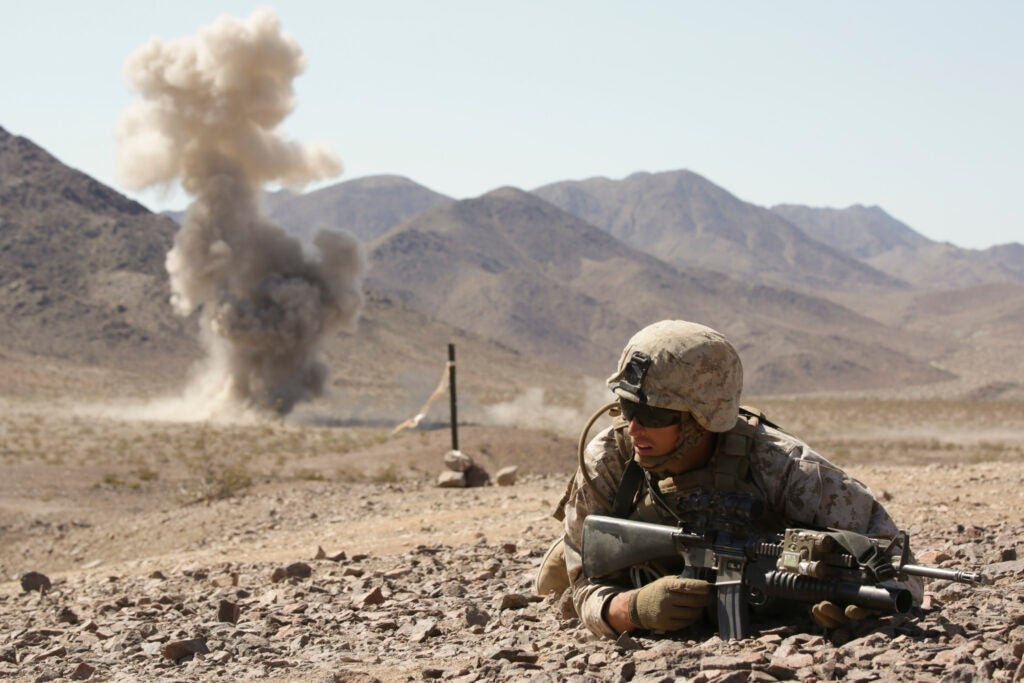
There are 11 Unified Commands, 7 regional and 4 functional. Also worth mentioning is the sub-unified command in South Korea. In simplest terms, the services are responsible under Title 10, U.S. Code to train, organize, and equip the forces, and the COCOMs are responsible for the integration and employment of the forces. Under the authority of the President and Secretary of Defense, the COCOMs prepare deliberate plans as directed and approved by the JCS. Forces are assigned by the JCS in the Joint Strategic Capabilities Plan (JSCAP). The COCOMs will also develop contingency plans that designate or request forces required to accomplish the mission. Each service provides a component command to the COCOMs.
Relationships
The lines of responsibilities under the 1947 National Security Act and the Goldwater-Nichols Act can be confusing. The services, COCOMs, component commands, and JCS have lines of authority and responsibilities that often are not clearly delineated. A simplistic conclusion that might be drawn from the legislation is that COCOMs provide requirements and services just fill them through component commands. In reality, the process requires close coordination between the service, the COCOM, the component, and the JCS to develop the best ways and means to meet requirements. Issues such as service doctrine, joint integration, assignment of forces, understanding of capabilities, interoperability, security priorities, etc. require close cooperation and coordination.
Component Commands
Through the components, the services provide the COCOMs the very best support they can in order to meet COCOM requirements. The components also translate the COCOM requirements to the services. More often than not the services are offering recommendations on what can be provided and how best to employ their forces to meet those COCOM demands. To be clear, the services are not telling the COCOM commander how to employ forces but recommending ways the service component can best contribute to the commanders’ needs. It is often a competitive process with service components trying to “sell” their capabilities.
The role of the Marine Corps from Goldwater-Nichols to Vietnam
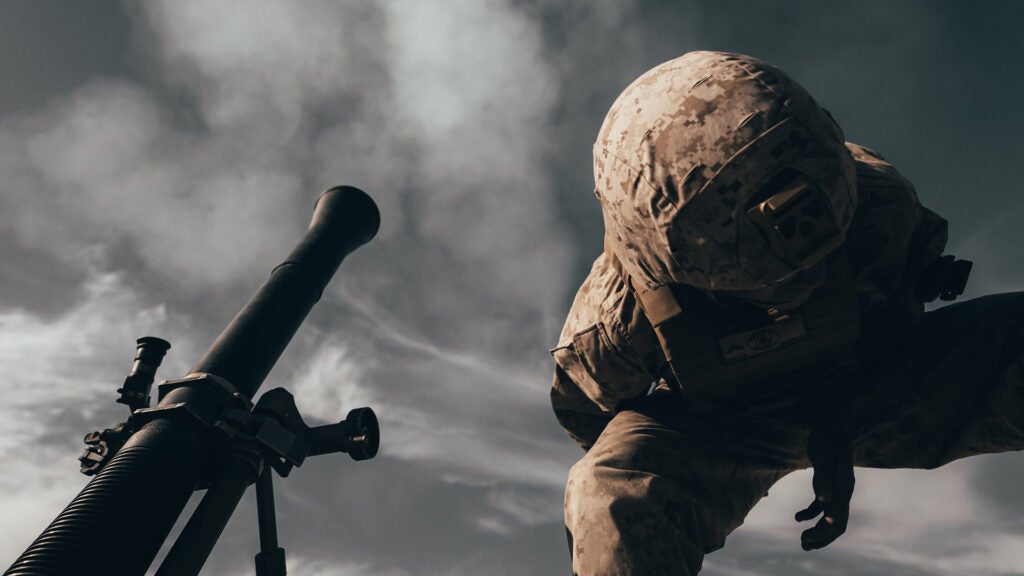
From the end of the Vietnam War and the enactment of Goldwater-Nichols, the Marine Corps has built its contribution to the COCOMs in the form of three formidable Marine Expeditionary Forces (MEFs). These were constructed in accordance with the Title 10 designated structure of three active division-wing teams and one reserve division-wing team. A concepts-based development system, process, and structure were created to provide rigorous analyses to support changes and innovation in this operational organization. The “primacy of the MEF,” as one Commandant (CMC) described it, meant that each MEF would be a “reservoir of combat power” that could be organized and shaped to meet mission requirements in the most effective and efficient manner. The MEFs, or task forces drawn from them, are the operational organization under the Marine component command. The principles that guided this organization to meet the COCOM requirements have been that the Marine component and its MEF(s) will:
- Task organize for the mission, not permanently structure for it.
- Maintain the highest degree of readiness.
- Provide highly deployable and expeditionary forces.
- Retain a balanced array of combined arms combat power.
- Be able to contribute across the spectrum of conflict.
- Retain forward bases and forward-deployed forces to respond to crises.
- Maintain our naval character and amphibious capability.
- Organize for missions with a combined air, ground, and logistics structure.
- Leverage appropriate innovative technology to enhance our capabilities.
- Retain our primary focus as an offensive force capable of closing with the enemy.
- Easily integrate into any joint or combined structure.
Through the decades since the Marine Corps established this approach to meeting the nation’s needs, we have achieved a significant number of operations that have demonstrated the validity of the concept. During that time, senior Marines have assumed command of Joint Task Forces (JTFs) and COCOMs and the Marine component contributions have grown. Innovations such as the MV-22 Osprey, Maritime Preposition Squadrons (MPS), Marine Expeditionary Units (Special Operations Capable), or MEU (SOC); Fleet Anti-Terrorism Security Teams (FAST), Norway Preposition, Marine Special Operations Command (MARSOC), etc. have enhanced the capabilities the Marine component could provide. Institutional developments such as the adoption of Maneuver Warfare, improvement of Professional Military Education (PME) at all levels, and increased development of innovative exercises and wargaming has added to the enhancement of Marine capabilities.
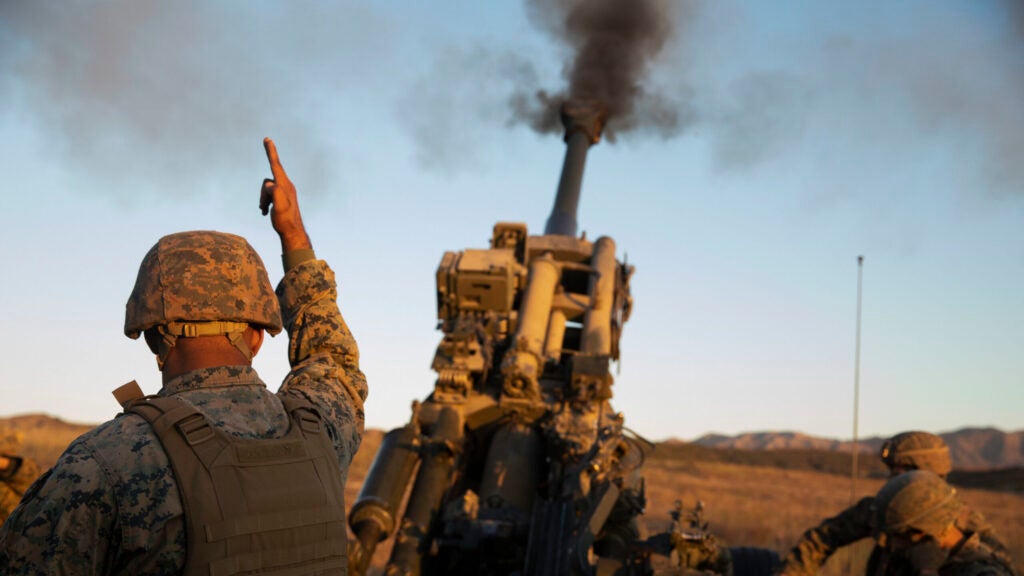
The COCOMs have been highly receptive to this concept of organizing the Marine component and appreciative of the capabilities it brings to meet their requirements. Is there a case for drastic change? Are the demands for these kinds of contributions suddenly outdated? Is there something in the threats described that has radically altered the ability for the Marine component to significantly contribute as currently organized? If so, what are these dynamics and what analytical process has been used to approve such a profound change because of them?
Politics, policy, & geopolitical reality: Where we start from
There are between 150,000 to 200,000 US military personnel deployed or living overseas. The U.S. maintains and/or operates out of over 750 bases in 80 countries and undergoes training and exercises in many more. Unlike conflicts in the past, the objective is not just to project power, but to reinforce power already in position. The U.S. operates with far more allies than we have ever had as security agreements have increased in number. NATO, for example, has gone from 16 members during the Cold War to a 30-nation strong organization today. U.S. security agreements have also increased in number in the Indo-Pacific and the Middle East. At the first signs of tensions mounting, COCOM commanders can expect calls to add forces to demonstrate resolve, enhance security, reassure allies, establish freedom of navigation, assure access, and deter adversaries. COCOM commanders now have day-to-day engagement campaign plans requiring component forces to contribute to exercises, allied training, freedom of navigation assertion, prepositioning of equipment, and other daily requirements. This forward posture means decisions during crises may be driven by the necessities of building up forces in place rather than choosing force positioning solely on the optimal strategic or operation allocation.
The Indo-Pacific theater
There are approximately 200 bases in Japan, South Korea, and Australia that U.S. forces occupy or operate from. Over 80,000 U.S. military personnel are on those bases, at sea, or training in this region on any given day. Any rising tensions will require a decision to secure or evacuate threatened American citizens or citizens of our allies and deploy forces to increase the defenses of South Korea, Japan, and Taiwan, as well as the seaward areas in the East and South China Seas. Hostilities may be generated from China, North Korea, Russia, or any combination of the three in this region. Logically, the National Command Authority, the Indo-Pacific commander, and the Korean sub-unified commander will generate requirements to augment forces in the region.

The Central Command theater
The volatility of the Middle East and Southwest Asia has driven the bulk of our military deployments and allocations since the early 1990s. Threats from Iran and extremist groups persist, and can easily evolve into serious conflicts. Allies in the region are dependent upon U.S. military security support and vital trade routes, and choke points that are critical to the world’s economy depend on U.S. military protection. Access to energy resources, open trade routes, and good relations with our allies will continue to be in the United States’ vital interests to protect and maintain.
The European Command theater
Russia’s threats to Eastern European and Baltic states present a significant security requirement for EUCOM and NATO. The modernization of Russian forces, especially in the Arctic region, and the Russian exercises around the British Isles and Ireland bring back consideration for security requirements on NATO’s northern flank. Russia’s recent invasion of Ukraine indicates the combined arms challenges NATO forces could one day face.
The Africa Command and Southern Command theaters
Although these unified commands do not have large looming threats, they are prone to destabilizing threats from extremists, drug and criminal elements, natural disasters, civil wars, pandemics, and other factors.
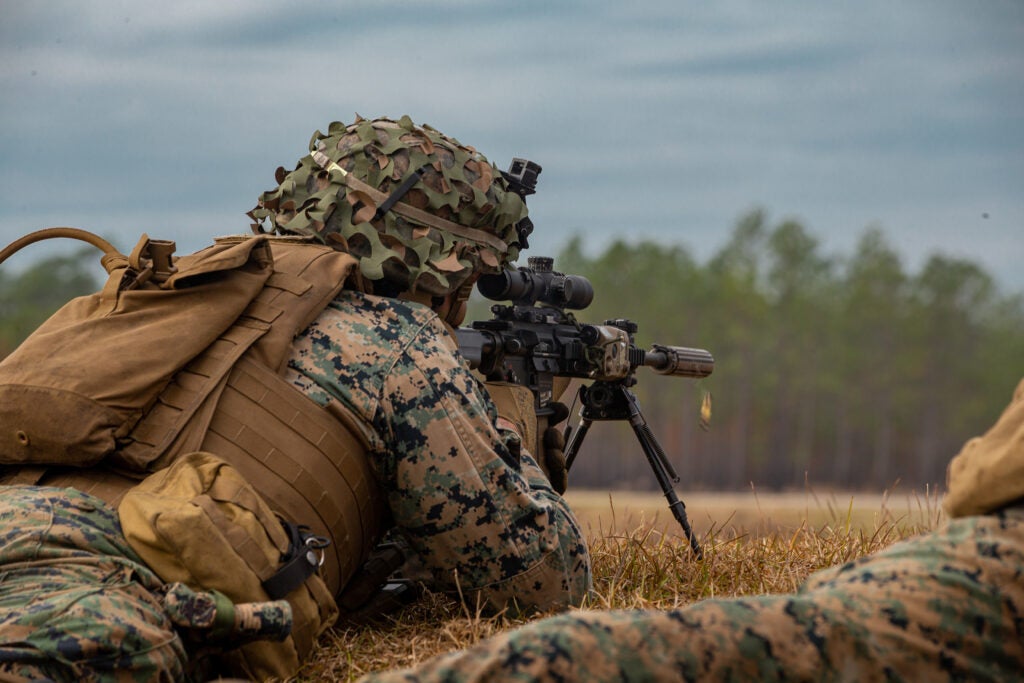
Assessment: Lessons from recent conflicts
From the U.S. military involvement in Iraq and Afghanistan, we should learn, or relearn, that boots on the ground are still required to control populations and terrain. High tech solutions cannot fulfill this military task as the Russians are discovering in Ukraine, and as the United States learned when Shock and Awe in Iraq did not replace infantry on the ground. Ukraine surprised us. According to our own National Security Strategy warnings that stressed the global nature of the threats, the Russian invasion should not have happened.
Becoming hyper-focused on one threat — in this case, China — we took our eye off the big picture. The Department of Defense is emphasizing integrated deterrence. That can only work if we have combat-ready, highly-deployable forces that can close areas that are threatened during times of high tension. This posture reassures allies and gives pause to potential enemies. The lesson here is critically important as we look to NATO’s northern and eastern borders, South Korea, our Middle East allies, and Taiwan. The forces that count most are those that present formidable, combined arms set of capabilities with readily available logistics support and the strategic lift to rapidly close the area of operations. The Russians are witnessing the consequences of failure in the ability to command, control, and coordinate all combat and combat support capabilities and actions.
Military force requirements
The spectrum of current-day threats and destabilizing conditions that might require a U.S. military force response indicates the need for a wide range of capabilities. The high-end responses to threats from Weapons of Mass Destruction (WMD) and state-of-the-art missiles meet one dimension of the requirement; however, conventional forces with combined arms capability will still be necessary as will highly ready and deployable or deployed crisis response forces. Mixes of forward-deployed forces, forward-based forces, prepositioned resources, strategic lift capacity, strategically ready forces with combined arms capability, and high technology forces are required for the United States to meet these challenges. Of most utility to a combatant commander will be service forces that are multi-dimensional and can flexibly organize and operate across the spectrum of threats and requirements.
The Marine Corps
This security environment is made for the Marine Corps. The wrong approach would be to narrow the aperture to very specific missions, capabilities, and/or theaters, or to make knee-jerk cuts in capabilities and structures that have proven their worth and are still viable to meet today’s challenges. The right approach is to expand capabilities, retain proven and viable capabilities, enhance capabilities, and make changes based on a rigorous analytical process. Chasing the latest trendy theory or technology is something previous CMCs avoided. It did not mean they were not innovative, as proven by the past record of innovative achievements. The Corps has been of greatest value to our nation by staying ready and adaptable, not by becoming myopically focused on a narrow set of missions or theaters.
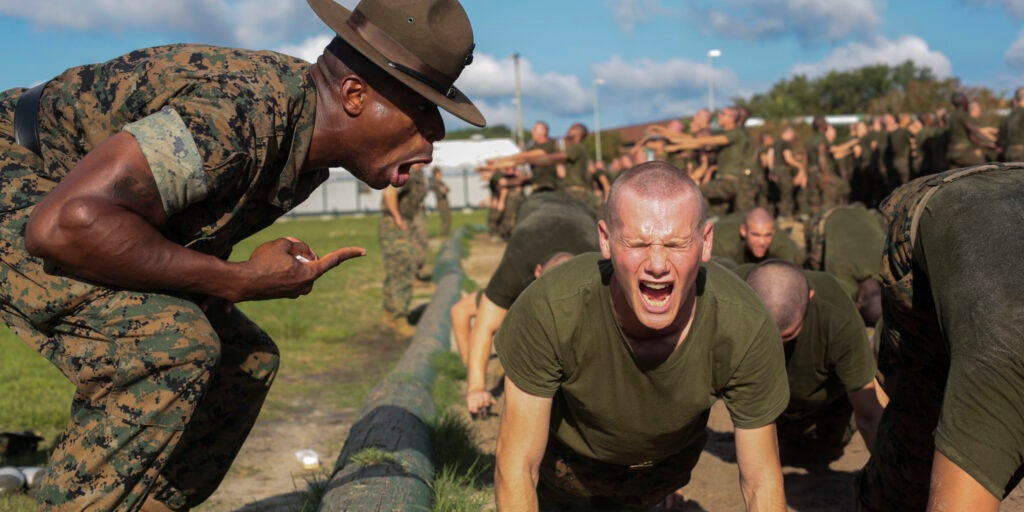
There are fundamental questions that have not been addressed regarding the current course the Marine Corps is being forced down. Why does the Marine component need to take on the anti-ship mission? Why does that mission require self-inflicted cuts to proven capabilities? Are we able to meet the requirements across the spectrum of threats and regions described? Are the COCOMs in sync with our diminishment of capabilities? Are we able to meet all COCOM requirements? Are we walking away from commitments that other components will fill? Have the current concepts and changes been discussed and approved through rigorous analytical processes? Have the leaders of the Corps participated in these decisions? Who has driven these decisions (the COCOMs, the JCS, MCCDC analyses, a small group of dilettantes?) Why has the Marine Corps reduced itself to being mere nodes in some giant naval kill web of sensors and shooters? Are those principles on which our Corps was designed no longer viable? If not, why not?
Quo Vadis? The crossroads
There are fundamental issues regarding the operational character of the Marine Corps that must be addressed at this inflection point. Whether intended or not, the operational ethos built around the infantry, emphasizing closing with the enemy in close combat, and the offensive character of our forces is being challenged or rejected. The belief in our air-ground-logistics formation is diminished. The ability to fight at the corps level is being abandoned. The importance of combined arms maneuver is being pushed aside in favor of becoming a fires delivery system. Is this the course the Corps chooses to take?
+++
General Anthony Zinni served 39 years as a U.S. Marine and retired as Commander-in-Chief, U.S. Central Command, a position he held from August 1997 to September 2000. After retiring, General Zinni served as U.S. special envoy to Israel and the Palestinian Authority (2001-2003) and U.S. special envoy to Qatar (2017-2019). General Zinni is the author of several books, including Before the First Shots Are Fired, Leading the Charge, The Battle for Peace, and Battle Ready.
What’s new on Task & Purpose
Want to write for Task & Purpose? Click here. Or check out the latest stories on our homepage.
